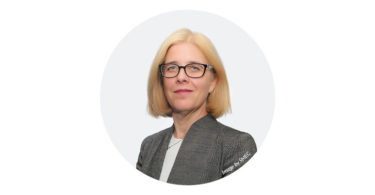Azril Amir Jaafar, principal of VERITAS Architects Sdn Bhd, studied architecture at the University of Manchester, United Kingdom. He gained early professional exposure at Brock Carmichael Architects in Liverpool, Holford Associates in Manchester, and TR Hamzah & Yeang in Kuala Lumpur before joining VERITAS in 1999.
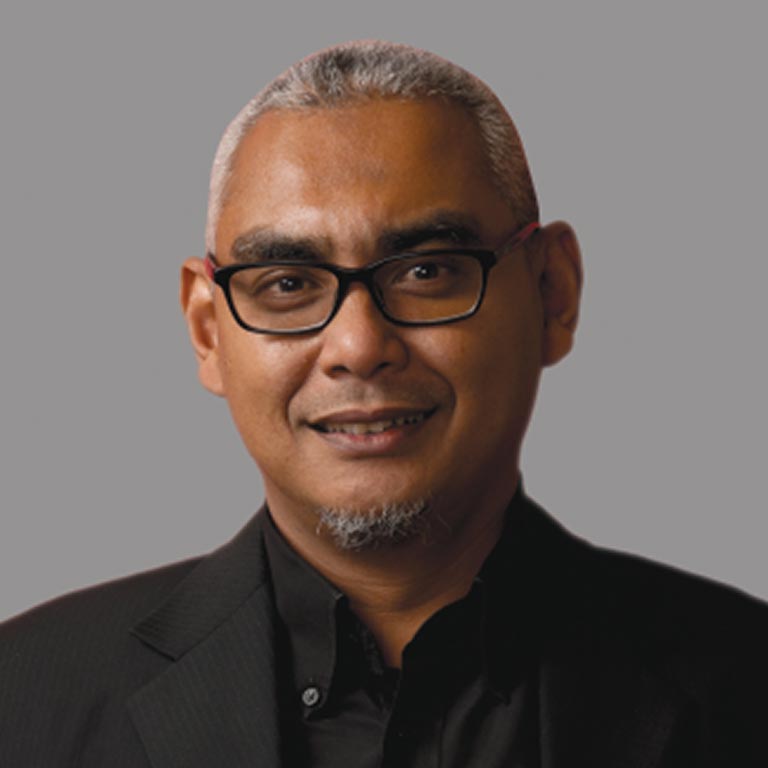 A corporate member of the Malaysian Institute of Architects (PAM) and a Green Building Index (GBI) facilitator, Azril has spoken at various events on design and sustainable architecture. His interest in architecture and passion for producing outstanding design have resulted in many competition wins and design awards. In 2011, he was selected for the MIA’s prestigious ‘30 under 40’ list of leading young architects in Malaysia.
A corporate member of the Malaysian Institute of Architects (PAM) and a Green Building Index (GBI) facilitator, Azril has spoken at various events on design and sustainable architecture. His interest in architecture and passion for producing outstanding design have resulted in many competition wins and design awards. In 2011, he was selected for the MIA’s prestigious ‘30 under 40’ list of leading young architects in Malaysia.
Tell us about your guiding approach to design and in managing clients’ expectations as principal at VERITAS Design Group?
Design is very subjective and, to certain extent, very personalised. One of the important elements in starting a project is establishing a connection with the client and understanding their needs and objectives. From there, we work closely with the client and start developing the design brief together before moving into developing concepts and other processes. By doing this, a sense of belonging and attachment to the project becomes deeper, and at the end of the day, the client and the whole project team will be proud of the fruit of their labour.
Could you give an example of a successful project you have led from inception to completion?
One of the most significant projects for me is the PKNS headquarters building in Shah Alam. It is a GBI Platinum-rated office building, and hopefully it will become a building that the people of Shah Alam can be proud of.
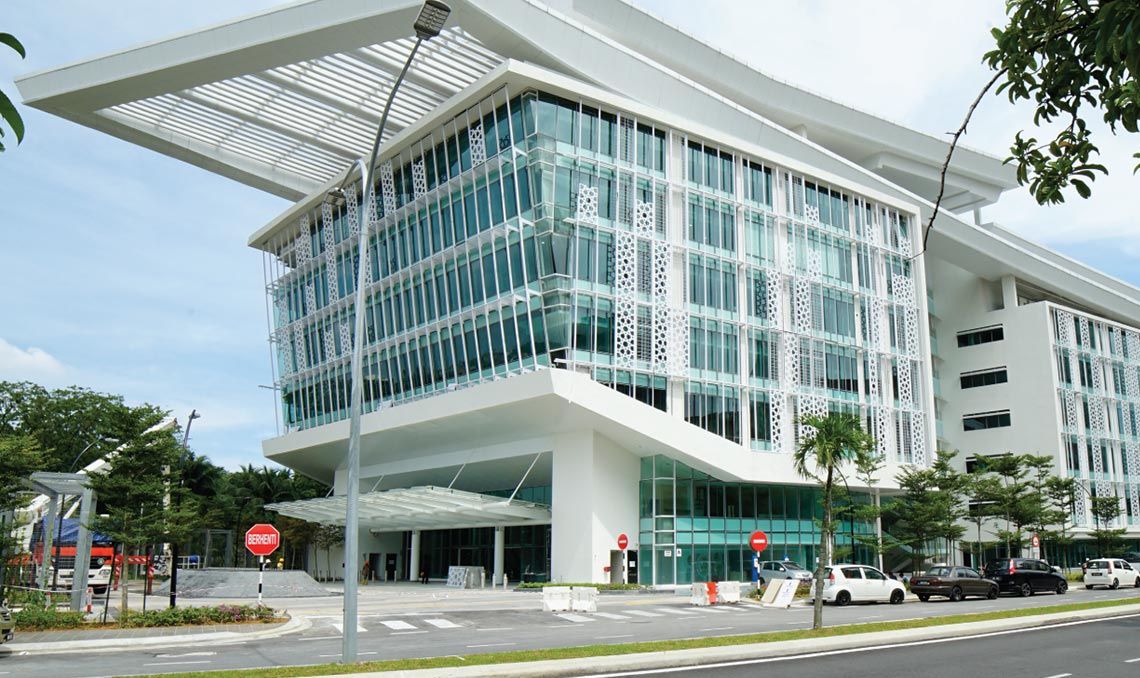
What do you think is a major strength of your design studio, and how have you personally contributed towards its success?
A major strength in VERITAS Design Group is its diversity. Our studio comprises staff from 15 different countries, of various age groups and skill sets—that alone provides pools of fresh ideas that translate into building designs. My educational background and passion have always been bioclimatic and sustainable design, and that is my little contribution to the group.
Could you give an example of a creative and practical design concept that you have conceived and delivered?
As mentioned earlier, my creativity and practical design concepts have always been inspired by the building context and how it responds to climate conditions. We need to be creative in how we respond to the climate conditions, such as taking into account the sun path with regards to building orientation, as well as balancing other contextual elements in design, such as the views, space planning efficiencies, space creation, as well as building economics, access and movement of people, among other things. These are the elements that challenge our creative solutions to achieve practical design.
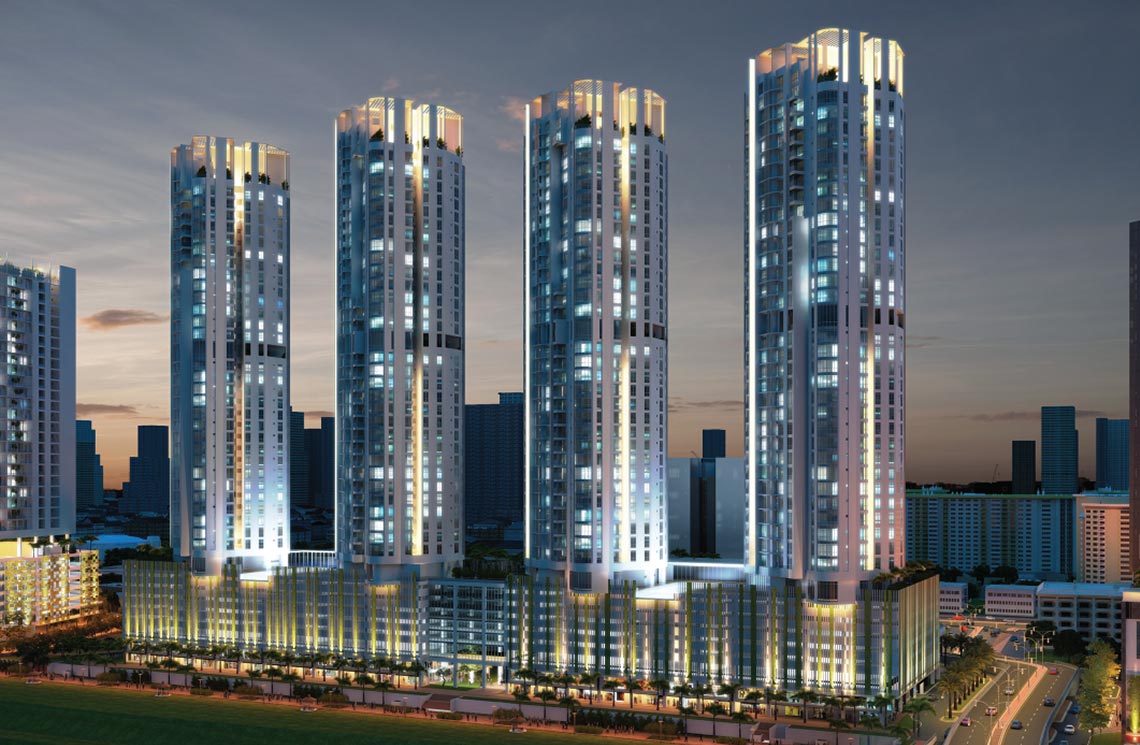
Could you highlight an instance where a climate-responsive design was implemented and how sustainable design principles were incorporated, say, for a project in Malaysia?
Climate-responsive design was quite heavily implemented in Malaysia in the past, when reliance on electricity to provide comfort to the building user was secondary in design.
The most common example is the standard design for the government schools. The schools’ blocks are orientated correctly to respond to the The main capital in the industry is the human resource, and the creative industry that we are in needs creative people and people who are passionate about design. Nine Seputeh, Old Klang Road, Kuala Lumpur IN THE SPOTLIGHT 39 Dubai Islamic Bank, Dubai UAE climate conditions, where the long façades of the buildings are always facing north and south. In terms of space planning, the washrooms or store rooms are always located at the west or east end of the building, thus leaving the most comfortable space in the building for the classrooms.
In addition, the class rooms are further protected by having large overhangs that cut down direct sunlight and heat into the building. The windows, or the ‘building skin’, are made of glass louvre slats that allow plenty of sunlight in, as well as free flow of breeze to cool the space inside. The school buildings can operate with near-zero energy requirements, and this has been proven in the past, when electricity supply was scarce in the rural areas.
Another example is the national mosque, where integration with the external large open spaces, among other things, makes the building climatically responsive.
There are plenty of such buildings in Malaysia that apply the same principles, even though they were renovated in the later part of their life cycles to accommodate different user requirements or higher standards of comfort.
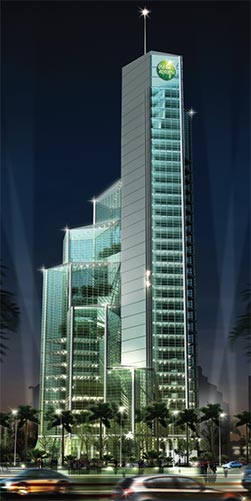 What do you think are the major challenges faced by the building design industry in Malaysia, in general?
What do you think are the major challenges faced by the building design industry in Malaysia, in general?
The main capital in the industry is the human resource, and the creative industry that we are in needs creative people and people who are passionate about design.
The major challenge in the industry is finding such people—people who are passionate enough to go the extra mile to gain knowledge and to do enough research to come up with a great design.
What are the main objectives that you try to meet in every design?
Great memorable design. Every new project is the progression of the previous project.
What principles are fundamental to your work ethos and culture?
My principles of work are to strive to achieve great ideas, in terms of concepts translated into audacious designs; incorporate environmental issues; and give good service to the clients and end users.
What are some of the major accolades you have won, and how have they motivated you?
My first major achievement in this field was winning the third prize in the Student Design Competition in Kwangju Korea (1997). This motivated my passion in bioclimatic and sustainable design. Other accolades that I received further to that include a commendation in a CDM competition, Salford (1998); CNBC/ Arabian Properties Quality Award, Dubai (2007); first prize in the PKNS new headquarters design competition, Shah Alam (2009); being selected as the Top 30 under 40 years old Young Emerging Architects (2011); and honorary mention in the Next Generation Green Building MGBC-PAM Architectural Design Competition (2016).
What are your upcoming plans for 2017–2018?
To review the completed projects under my purview over the past five years, especially those with Green and sustainable design, to document them and to look for improvements to be implemented in the future projects. I know many architects would quote this, and I concur with them, where “my favourite project is my next project.”

 Hong Kong
Hong Kong Singapore
Singapore Indonesia
Indonesia Tiếng Việt
Tiếng Việt ประเทศไทย
ประเทศไทย





